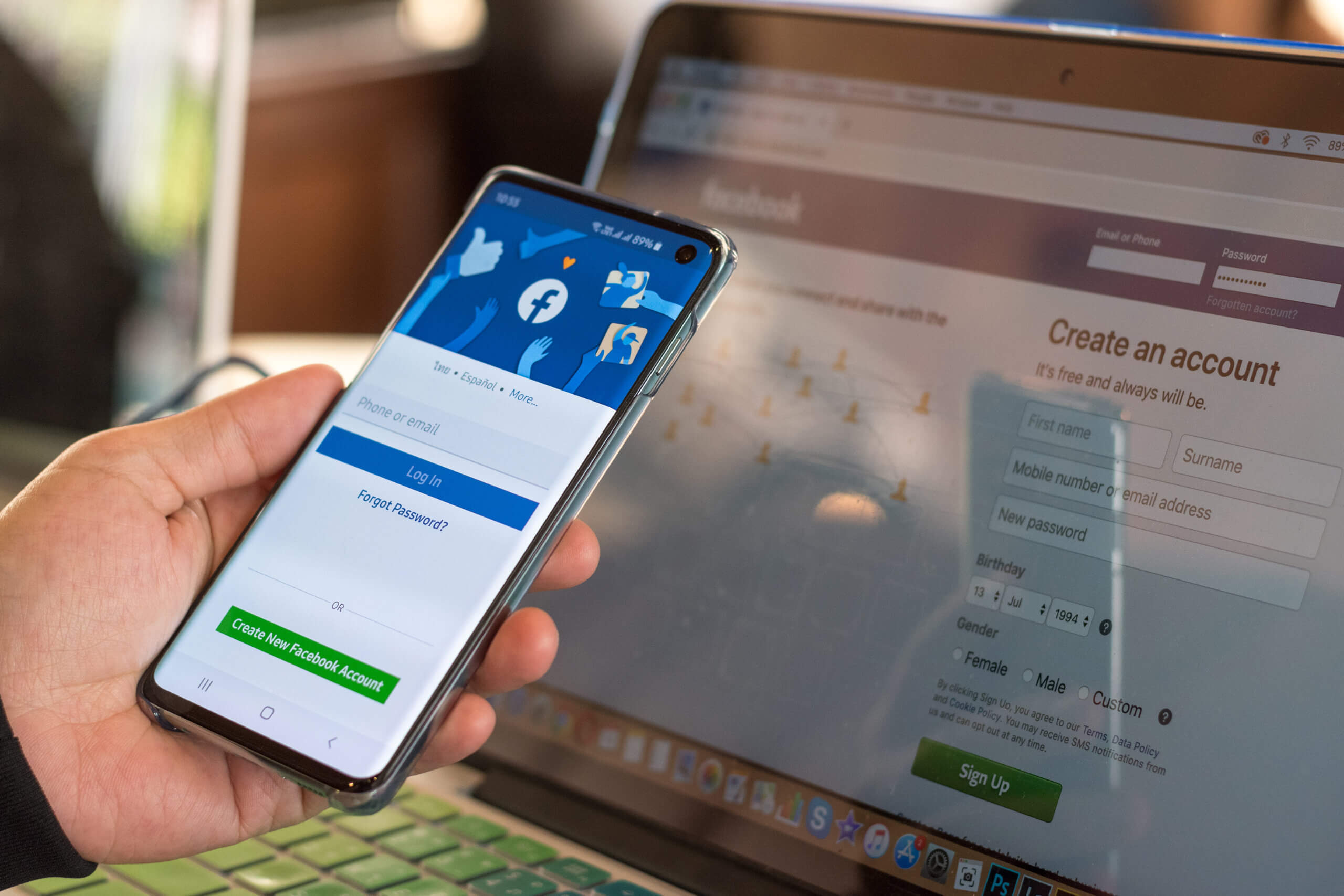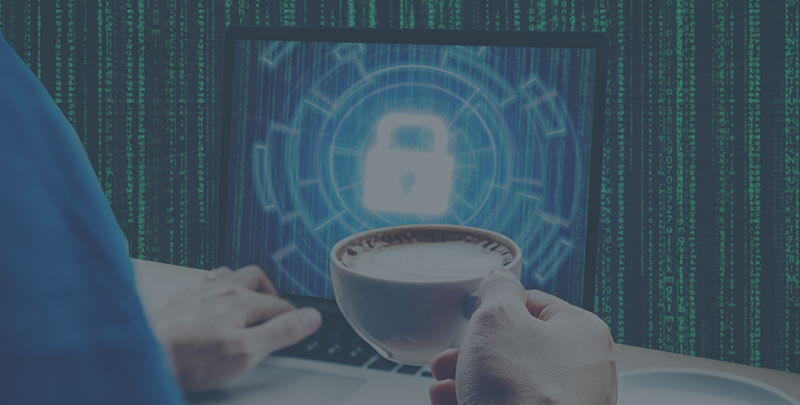As digital connectivity continues to grow, protecting your online accounts from misuse becomes increasingly essential. According to Identity Theft Resource Center (ITRC), last year there was a 13% increase in abuse reports for both new and existing accounts compared to the year before. Account misuse can result in alarming consequences, including privacy breaches, financial losses and identity theft. In this blog, we share guidance on how to identify and respond to account misuse so you can mitigate the risks involved.
The importance of identifying and responding to account misuse
The severity of account misuse can lead to various consequences, including unauthorized purchases, financial fraud on the bank account and damage to your personally identifiable information (PII). It is essential to detect and respond promptly to account misuse to ensure your online security is protected.
Staying alert and taking immediate action is essential in minimizing potential damage and protecting yourself from future attacks.
Common signs of account abuse
Understanding the following signs of fraud and responding immediately allows you to regain control of your account in the event of account abuse and prevent further damage.
Here are some common signs that may indicate account abuse:
1. Abnormal login attempts
One of the most obvious signs of account abuse is failed login attempts or password reset messages.
Receiving alerts or text messages about failed login attempts that you didn’t initiate could mean that someone is trying to gain unauthorized access to your account. Similarly, unexpected login locations or IP addresses appearing in your account history can signal a breach in account security if the information doesn’t match your usual patterns.
2. Unauthorized changes to account settings
Another red flag that indicates account abuse is discovering that your account settings have been changed without your knowledge.
If you notice unauthorized changes to passwords, email addresses, or linked devices, take immediate action. It’s important to be aware of any changes to security questions or recovery options. This could be a sign that someone is trying to gain access to your account.
3. Suspicious activity within accounts
Be aware of any suspicious activity in your accounts, especially when it comes to your financial information. Unrecognized transactions or purchases appearing on your account page can be a clear sign of unauthorized access.
Steps for detecting and confirming misuse of the account
To detect and confirm account abuse, you must be proactive and vigilant in monitoring your account activity.
Taking these steps can increase your chances of detecting potential abuse and improve your ability to detect and confirm account abuse:
1. Regularly monitor account activity
Review your account’s login history and access logs, as they can provide insight into any suspicious login patterns or unauthorized access attempts. Make it a habit to regularly check your account pages and alerts for any unfamiliar or suspicious activity.
2. Be alert for warning signs and abnormalities
If you get unexpected alerts or messages from your account provider, check them right away. Examples include unidentified purchases or changes to your account information.
3. Identity theft protection services
Use IdentityIQ identity theft monitoring services with real-time alerts when potentially suspicious activity is detected. IdentityIQ Identity theft protection services Notifies you immediately if your stolen information is used for fraudulent purposes.
Immediate actions to take
If you suspect or confirm account abuse, follow the steps below to mitigate the damage and regain control.
1. Change passwords and enable two-factor authentication
Change the password for the affected account immediately. Make sure the new password you create is strong and unique. You should also enable two-factor authentication (2FA) to add an extra layer of security.
2. Verify and update account recovery options
Review and update your account recovery options to prevent unauthorized access to your account information. Double check that the email address and mobile phone number associated with your account are up to date.
3. Report suspicious activity to your account provider
Notify your account provider of any suspicious activity. This includes any unauthorized transactions, changes to your account settings and possible disclosure of personal data. Provide them with relevant details, such as your account number, to aid their investigation and help prevent further abuse.
4. Contact relevant financial institutions if necessary
If these are unauthorized transactions, contact the relevant financial institutions, such as banks or credit card companies. Notify them of account abuse and work with them to resolve fraudulent charges and protect your financial assets.
Additional steps for account recovery and security
Once you’ve identified account abuse, consider the following steps to restore and strengthen your account security:
1. Follow your account provider’s instructions for recovery
Your account provider may have specific instructions or protocols for recovering a compromised account. Follow their instructions carefully to regain control of your account and restore security.
2. Scan your devices for malware or keys
Malware or keystrokes can compromise your account security by recording your keystrokes or stealing sensitive information. Run a thorough scan of your devices with reliable security software to identify and remove any potential threats.
3. Review and update your security settings and privacy preferences
Take the time to review your account’s security settings and privacy preferences. Make sure measures are taken to protect sensitive information like your Social Security number and update settings as needed.
Enable any additional security features offered by your account provider to improve protection against future abuse.
4. Consider doing a thorough password reset on all your accounts
As a precaution, consider resetting passwords for all your online accounts. Create strong, unique passwords for each account, and use a password manager to help you manage and generate secure passwords.
Preventive measures to protect against misuse of the account
While quick detection and response are essential, preventative measures can significantly reduce the risk of account abuse.
Here are some preventative measures to help protect your accounts:
1. Use strong and unique passwords
Create long, complex and unique passwords for each of your accounts. You should avoid using information that can be easily guessed, such as dates of birth. You should also consider using a combination of upper and lower case letters, numbers and special characters.
2. Regularly update passwords and security information
Periodically change your passwords and other security information, such as security questions or recovery email addresses. Regular updates can help reduce the risks of potential security breaches and unauthorized access.
3. Enable multi-factor authentication
Use multi-factor authentication (MFA) whenever possible. MFA adds an extra layer of security by requiring you to provide additional authentication, such as a fingerprint scan or a unique verification code sent to your mobile device, in addition to your password.
4. Educate yourself about phishing and social engineering techniques
Stay informed about common phishing and social engineering scams used by cybercriminals to trick users into revealing their account login information. Be careful when clicking on links or providing personal information online.
The Bottom Line
Detecting and responding to account misuse is essential to maintaining your online security. By being alert to warning signs, taking immediate action, and implementing preventative measures, you can help protect your accounts from unauthorized access. Stay proactive, prioritize your online security and protect your personal information from falling into the wrong hands.
Help protect yourself from potential threats by leveraging comprehensive IdentityIQ services. Stay one step ahead with advanced identity theft monitoring and receive real-time alerts whenever suspicious activity is detected so you can quickly recover your information when it matters most.








